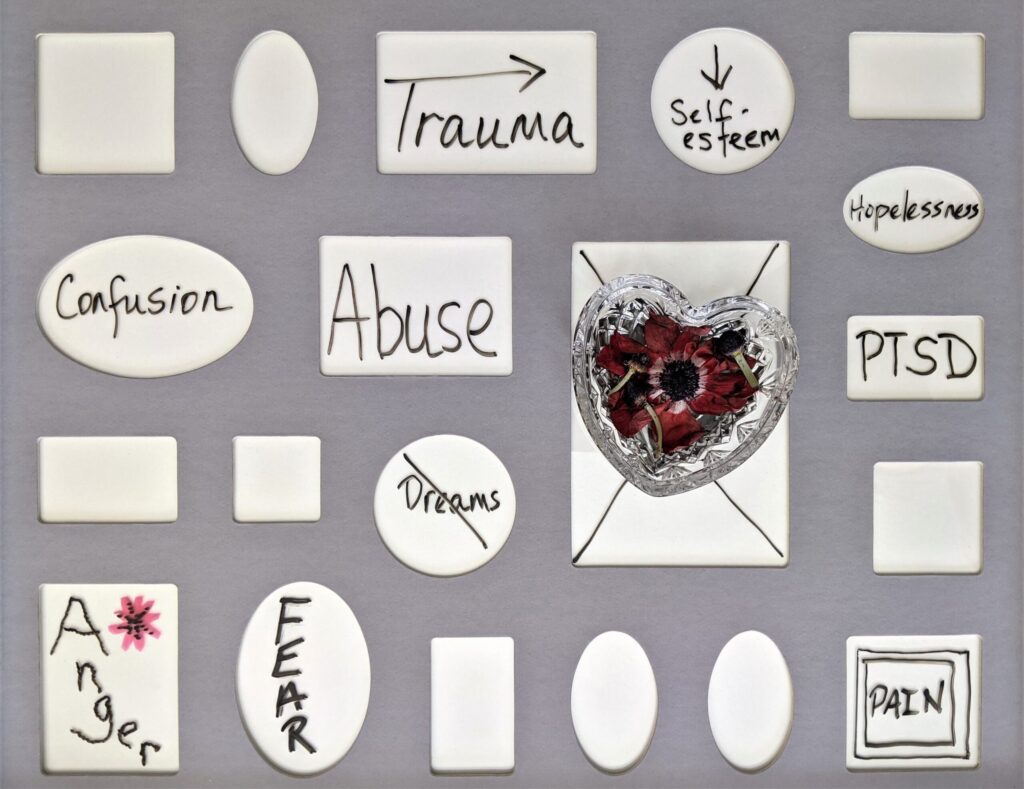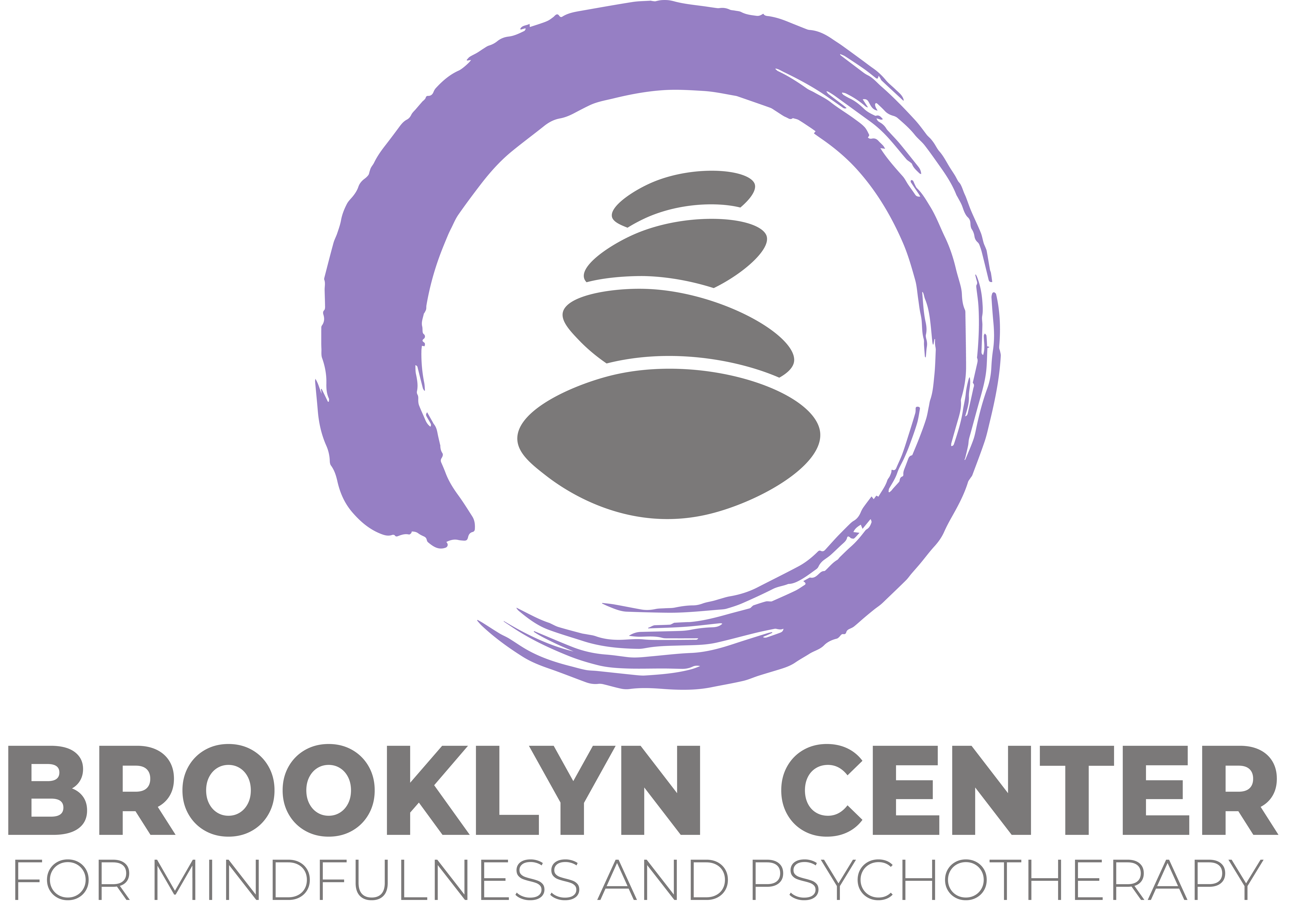A big word has been floating around a lot lately: Trauma. It isn’t that trauma didn’t exist before this time of social media, memes and instant information — more so, it is that we, as a global community, have timely access to psychoeducation, resources and are better able to name and identify symptoms. Further, unfortunately, due to the COVID-19 pandemic, we also have more personal experience with trauma and a greater need to find support in our lives. As we move through the world in these new ways, it is really important to break down what trauma is, the different kinds of trauma, and what solutions and healing modalities can help those who have experienced trauma.
What is Trauma?
By the definition standard of the American Psychological Association trauma is an emotional response to a terrible event like an accident, rape, medical emergency, or natural disaster. Immediately after the event, shock and denial are typical. Longer term reactions include unpredictable emotions, flashbacks, strained relationships and even physical symptoms like headaches or nausea.
What Qualifies As A Traumatic Experience?
When the event, or series of events, causes a lot of stress, it is called a traumatic event. Traumatic events are marked by a sense of helplessness, serious injury, or the threat of serious injury or death.
What about people who say things such as, “I have had a really traumatizing day, my co-worker was so rude to me,” or the like? In the world of therapy, we have an age-old adage we often rely upon, and it goes like this, “Meet people where they’re at.” While a troubling situation with a co-worker may not qualify within the standard definition of trauma, and may make a trauma survivor feel their experience minimized if they hear this, it can qualify as what is known as a “little t” trauma versus a “big T” trauma. “Little t” traumas are highly distressing events that affect individuals on a personal level but don’t fall into the “big T” category. Examples of “little t” trauma include non-life-threatening injuries, death of a pet, or relationships ending.
Here’s an additional thought on “little t” trauma: Trauma can be buried deep within, we often use avoidance or denial as coping mechanisms. The “little t” triggers we experience may actually be connected to a previous, bigger experience. Trauma is brain and body-based, as in, there are many ways in which our physiology is impacted by trauma. We respond to triggering experiences both through our sympathetic and parasympathetic nervous systems. Our responses are often contextualized and patterned by our brain, which cannot always be immediately understood and managed. A repeat trigger may actually signal the need for deeper work.
What Are The Types Of “Big T” Trauma?
There are three main types of trauma: Acute, chronic, or complex. Acute trauma results from a single incident. Chronic trauma is repeated and prolonged such as domestic violence or abuse. Complex trauma is exposure to varied and multiple traumatic events, often of an invasive, interpersonal nature.
Trauma may impact many places of our lives including the development of our personalities, relationships, spirituality, mental health, physical health and emotional balance. Due to the complex and individualistic nature of trauma, it would be a disservice to pack all of the information related to trauma into a short blog. However, accessing psychoeducation, which allows for an understanding into how trauma affects our lives, what modalities, self-care skills and regulation techniques is overall helpful in healing, moving forward and working through the various ways in which trauma impacts our day-to-day.
What Are Treatment Options For Trauma?
Working with a licensed mental professional when thinking about trauma work is important for a multitude of reasons. Because trauma work is not linear, may be deep-seated, and can bring up a lot of complex emotions and behaviors, each individual should have their own road-map to well-being. It may include somatic supports like trauma-informed yoga, breathwork, or psychedelics — or more targeted approaches like EMDR (eye movement desensitization and reprocessing). It should, however, always include integration and collaboration with a regular and consistent trauma-focused therapist.
Some trauma-focused therapeutic techniques that are evidence-based include Prolonged Exposure (PE), Cognitive Behavioral Therapy (CBT), and Cognitive Processing Therapy (CPT).
Due to trauma’s complex nature of weaving itself into so many facets of our lives, working through the traumatic experiences can be a long and difficult process. Trauma memories can be triggering and activating. Telling and retelling the stories of what happened in an environment where the practitioner is unable to recognize those subtle signs of activation and manage that within a space that centers the client’s needs for safety and regulation is dangerous for the client’s wellbeing. It can also potentially be activating for the practitioner, thus creating a system of practitioner and client dysregulation.
Understanding some of the complexities of trauma, as in, obtaining psychoeducation around causes, stories of survivors, ways it manifests, treatment options, and more is the first step towards overcoming the adversity and powerlessness that a traumatic experience comes with. Understanding the medical symptoms and diagnosis options associated with trauma like PTSD, will go a long way towards helping find tools for those struggling. Using discernment when looking for a treatment plan and practitioner can make the difference between living in a dissociative state and embarking on the road of healing.






